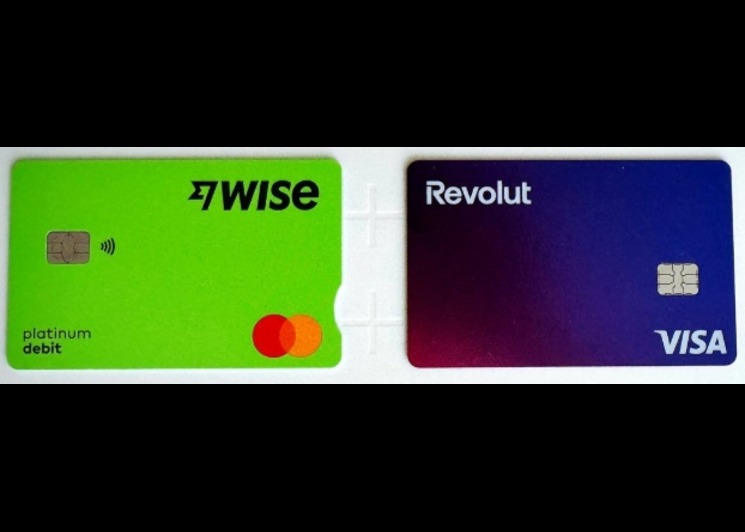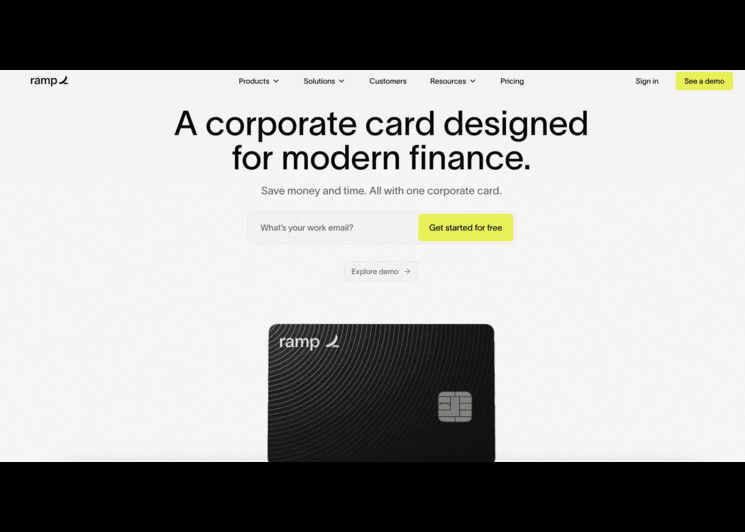Social Media Ads: Running Campaigns That Work for Your Business.

Social media ads can feel overwhelming if you’re new to digital advertising. From setting up an ad account to managing ad spend, there are many moving parts that decide whether your ad campaigns succeed or fail.
The good news: once you understand how social media ads work, they become a powerful tool for reaching your audience and growing your business. In this guide, we’ll explain the basics of social media ads, show you how to plan ad campaigns step by step, and share practical tips for controlling your ad spend.
Why Social Media Ads are Essential?
Social media ads are paid placements that appear across platforms like Facebook, Instagram, TikTok, LinkedIn, and Snapchat. They allow businesses to reach users based on demographics, interests, or behaviors. Unlike organic posts, social media ads guarantee visibility and can be optimized to meet specific goals, such as website visits, sales, or app installs.
The strength of social media ads lies in targeting. You can reach users based on demographics, interest or behaviors. You can test multiple variations of a message. And you can measure every outcome directly inside your ad account.
Social media ads are important because they provide measurable, targeted exposure that organic posts alone cannot achieve. They allow advertisers to:
- Build brand awareness faster than relying only on organic reach.
- Target specific niches with precision, maximizing ad spend.
- Test different creatives and messages in real-time.
- Scale campaigns quickly if they deliver positive ROI.
Well-planned social media ads give businesses measurable results. However, success depends on more than the ad itself, it requires proper ad account setup, thoughtful allocation of ad spend, and ongoing optimization of ad campaigns.
Budgeting Frameworks for Social Media Ads
Budgeting decides how effective your ad campaigns will be. Even with the best ad creative, poor budgeting can lead to wasted ad spend or underfunded campaigns that never reach their potential. A structured budget framework ensures your ad account stays balanced, every campaign gets the right level of funding, and your overall ad spend aligns with business goals.
Here are some proven approaches businesses use when planning budgets for social media ads:
Daily vs Lifetime Budgets
Daily Budgets: You set a fixed amount your ad account spends per day. This gives steady pacing and prevents sudden overspending. It’s ideal for businesses that need predictable costs and want to monitor performance closely.
Lifetime Budgets: Instead of daily limits, you allocate a lump sum to cover the entire duration of an ad campaign. Platforms like Facebook or TikTok then distribute the ad spend automatically across days and times when the algorithm predicts the best performance. This works well for event-driven campaigns, launches, or when you trust the platform’s optimization system.
Daily budgets give you control and consistency, while lifetime budgets provide flexibility and efficiency. Many businesses use a mix depending on campaign goals.
The 60/30/10 Budget Split
A practical method for managing ad spend across campaigns is the 60/30/10 rule:
- 60% of your budget goes to proven ad campaigns—the ones that already deliver conversions or strong ROI.
- 30% is used to test new audiences, creatives, or placements.
- 10% funds experimental strategies, like trying a new platform or campaign type.
This structure ensures most of your ad spend supports reliable results, while still leaving room to innovate and discover new growth opportunities.

Perfect Card for running ads!
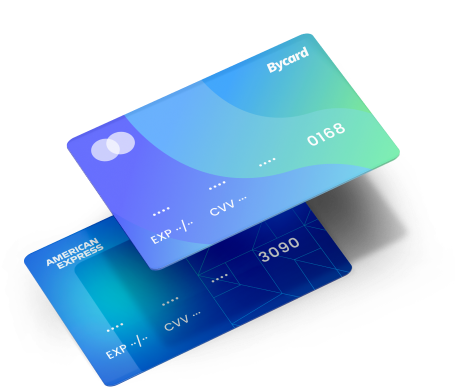
Building Effective Ad Campaigns
Steps for Creating Strong Ad Campaigns
An ad campaign is the structured setup of ads under one objective, such as conversions, traffic, or engagement. Campaigns break down into ad sets ( target audience, budget, schedule) and ads (creative, text, visuals).
- Define your goal – Do you want clicks, leads, or sales?
- Select the right audience – Narrow targeting ensures ad spend isn’t wasted.
- Create multiple ad creatives – Test variations of copy and visuals.
- Optimize placement – Choose automatic placements or customize for specific platforms.
- Track and adjust – Review analytics to pause underperformers and scale winners.
Comparing Account Spending Limit vs Campaign Caps
Both tools help control costs, but they serve different purposes:
- Account Spending Limit: A safety net across the entire ad account. Once the limit is reached, all campaigns stop. Useful for businesses that want total control of maximum ad spend.
- Campaign Caps: Specific limits set for each campaign or ad set. This prevents one campaign from draining the budget while others starve.
Key difference: Account spending limit protects total budgets, while campaign caps help balance spend across campaigns.
Optimization Metrics to Watch
It’s not enough to set a budget, you need to track how well each ad actually performs. Different optimization metrics reveal different parts of the story:
- CTR (Click-Through Rate): Measures engagement , are people interested enough to click?
- CPC (Cost Per Click): shows efficiency, how much are you paying for each result?
- CPC (Cost Per Acquisition): Tells you how much it costs to win a customer.
- ROAS (Return on Ad Spend): Are you getting profitable returns?
- Frequency: How often users see the same ad (avoid fatigue).
Campaign Optimization Best Practices
To maximize effectiveness:
- A/B test creatives regularly.
- Rotate visuals to avoid ad fatigue.
- Experiment with bidding strategies (manual vs automated).
- Review data weekly and refine campaigns.
With Bycard, each campaign can be paired with its own dedicated virtual card. For example, if you run campaigns on Facebook and TikTok, you can assign a separate Bycard to each ad account. This makes it easier to track spend by campaign and ensure that one campaign’s billing issue does not disrupt another.
The Role of an Ad Account
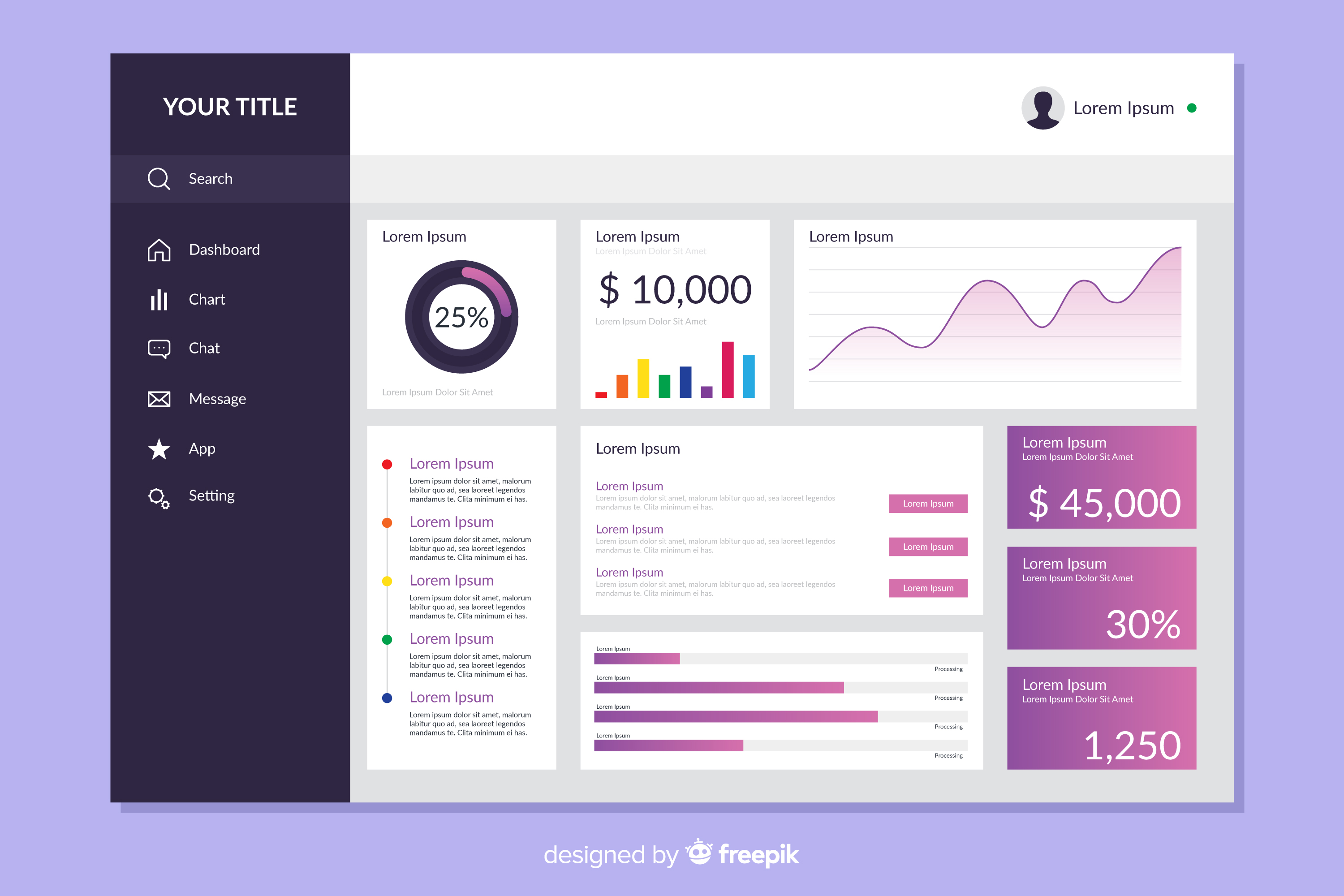
Why Ad Accounts Matter
An ad account is the foundation of every paid social strategy. It houses campaigns, billing details, and performance data. Without a structured ad account, managing social media ads becomes confusing and inefficient.
Key benefits include:
- Organization: Separate campaigns by objective, audience, or region.
- Transparency: Keep track of all ad spend across campaigns in one dashboard.
- Collaboration: Teams can access and manage ad campaigns without sharing personal accounts.
- Control: Manage billing methods and permissions in one secure place.
Structuring Ad Accounts for Success
Organizing ad accounts properly ensures smooth campaign management. Best practices include:
- Assign separate ad accounts per client or brand.
- Group campaigns under relevant objectives (traffic, conversions, awareness).
- Use clear naming conventions to avoid confusion.
- Connect payment methods that are reliable and easy to reconcile.
Using a dedicated payment method for each ad account also adds another layer of control. With Bycard’s virtual cards, businesses can issue different cards per platform or campaign. This makes it easier to reconcile ad spend and avoid confusion when reviewing expenses.
Managing Ad Spend Effectively
Smart Ad Spend Practices
Ad spend is the budget allocated to paid campaigns across social media platforms. Overspending or underfunding an ad account can ruin otherwise strong campaigns.
To manage ad spend effectively:
- Set daily and lifetime budgets – Prevent runaway costs while ensuring campaigns remain active.
- Allocate spend by goal – For awareness, dedicate more to broad reach. For conversions, focus ad spend on targeted audiences.
- Monitor cost per result – Track metrics like cost per click (CPC) or cost per acquisition (CPA).
- Use spend caps – Place limits on campaigns or ad sets to control total ad spend.
Avoiding Common Budgeting Pitfalls
Many advertisers run into problems such as:
- Spending too much on a poorly targeted audience.
- Spreading ad spend too thin across too many campaigns.
- Ignoring metrics like frequency, which can waste money by overexposing the same users.
A common issue advertisers face is failed payments due to blocked cards or spending limits. This interrupts campaigns and results in lost visibility. Bycard virtual cards prevent this by allowing marketers to set custom caps, lock spending to specific platforms, and top up instantly with USDT or wire transfers. This ensures ad spend flows smoothly, without the disruption of failed transactions.
Challenges in Running Social Media Ads
Running ads sounds simple, but advertisers often face challenges:
- Payment declines leading to paused campaigns.
- Difficulty tracking ad spend across multiple platforms.
- Overspending due to lack of clear budgets.
- Fraud or unauthorized charges on shared cards.
How Bycard Helps Solve These Challenges
Bycard addresses these problems directly. Its instant issuance, spend controls, and merchant locks make it easy for businesses to run campaigns confidently. Each virtual card can be created in seconds, locked to a specific platform, and given daily or monthly caps. This eliminates overspending and reduces risk.
How Virtual Cards Improve Ad Spend Control
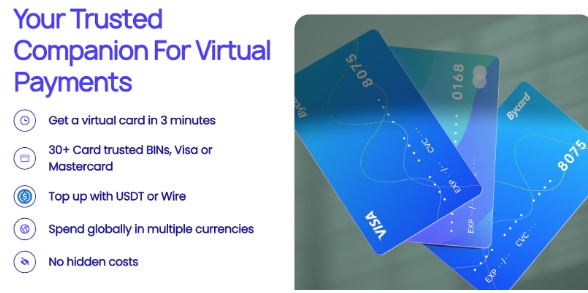
Benefits of Bycard for Social Media Ads
Bycard virtual cards are built for businesses that run heavily on digital advertising, offering a smarter and more flexible way to manage social media campaigns. With instant setup, a separate card can be created for each ad account within minutes, making budget control far easier. Spending caps prevent overspending, while global acceptance ensures seamless use across platforms like Facebook, TikTok, LinkedIn, and Google Ads.
Beyond flexibility, Bycard also delivers transparency and security. Separating cards by campaign gives businesses clear financial records that are simple to reconcile, while platform-specific card locks help reduce fraud and unauthorized charges. Since it scales easily, agencies can issue multiple cards for different clients or campaigns without delays, keeping ad spend organized, tracking simplified, and reporting more professional.
Conclusion
Social media ads are one of the most powerful ways to grow a business in today’s digital landscape. But to run them effectively, you need a well-structured ad account, careful management of ad spend, and optimized ad campaigns. Without these, even the best creative ads can fail.
By integrating virtual cards like Bycard, advertisers gain full control over payments, budgets, and expenses. With instant issuance, spend caps, and platform-specific cards, Bycard ensures campaigns keep running smoothly while protecting against overspending and payment disruptions, also helps manage ad accounts better, control ad spend more effectively, and run seamless ad campaigns,


